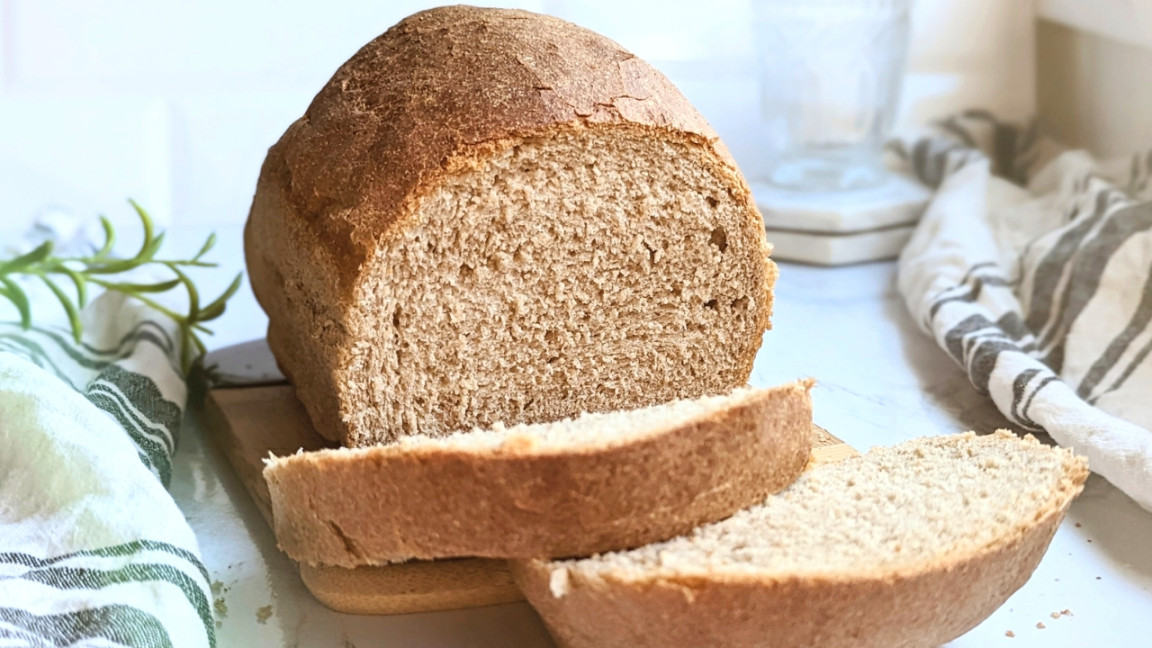Low-sodium bread, often overlooked in the culinary world, is a versatile canvas for culinary artistry. It’s a blank slate, ready to be transformed into a symphony of flavors, textures, and aromas. Today, we embark on a culinary adventure, blending traditions from around the globe to create a dish that is both nourishing and indulgent: The Golden Harvest Loaf.
Ingredients:
2 cups all-purpose flour

Image Source: lowsorecipes.com
Preparation Process:
1. Combine Dry Ingredients: In a large bowl, whisk together the flour, salt, sugar, and yeast.
2. Add Wet Ingredients: Pour the warm water and olive oil into the dry ingredients. Mix until a dough forms.
3. Knead the Dough: Turn the dough onto a lightly floured surface and knead for 5-7 minutes, or until smooth and elastic.
4. First Rise: Place the dough in a greased bowl, cover, and let rise in a warm place for 1-2 hours, or until doubled in size.
5. Shape the Loaf: Punch down the dough and shape it into a loaf. Place it in a greased loaf pan.
6. Second Rise: Cover the loaf pan and let it rise for another 30-45 minutes, or until it reaches the top of the pan.
7. Bake the Loaf: Preheat your oven to 375°F (190°C). Bake the loaf for 30-35 minutes, or until golden brown and sounds hollow when tapped.
8. Cool and Serve: Remove the loaf from the pan and let it cool completely on a wire rack before slicing.
Total Time: Approximately 2 hours and 30 minutes
Serving Ideas:
The Golden Harvest Loaf is a versatile bread that can be enjoyed in many ways. Here are a few ideas:
breakfast: Toast the bread and top it with your favorite spread, such as avocado, nut butter, or jam.
Cultural Influences:
The Golden Harvest Loaf is a fusion of culinary traditions from around the world. The simple ingredients and straightforward preparation method are inspired by rustic European bread-making techniques. The use of olive oil adds a Mediterranean touch, while the yeast-leavened dough is a hallmark of many cultures.
As we savor each slice of the Golden Harvest Loaf, we embark on a culinary journey that transcends borders and time. It’s a testament to the power of food to connect us to our heritage and to each other.